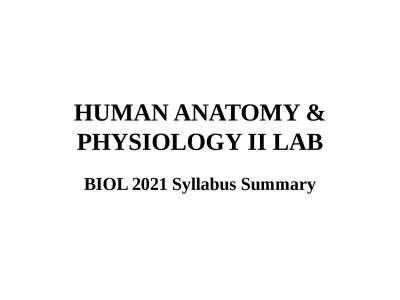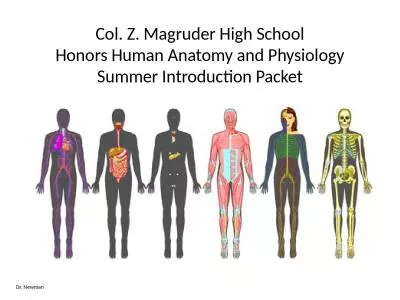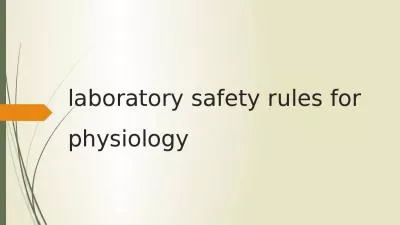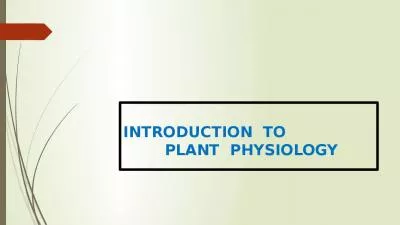PPT-Introduction to Human Anatomy and Physiology
Author : catherine | Published Date : 2024-03-15
Requirements of Organisms Life depends on the availability of the following a Water required for metabolic reactions for transport of substances for temperature
Presentation Embed Code
Download Presentation
Download Presentation The PPT/PDF document "Introduction to Human Anatomy and Physio..." is the property of its rightful owner. Permission is granted to download and print the materials on this website for personal, non-commercial use only, and to display it on your personal computer provided you do not modify the materials and that you retain all copyright notices contained in the materials. By downloading content from our website, you accept the terms of this agreement.
Introduction to Human Anatomy and Physiology: Transcript
Download Rules Of Document
"Introduction to Human Anatomy and Physiology"The content belongs to its owner. You may download and print it for personal use, without modification, and keep all copyright notices. By downloading, you agree to these terms.
Related Documents

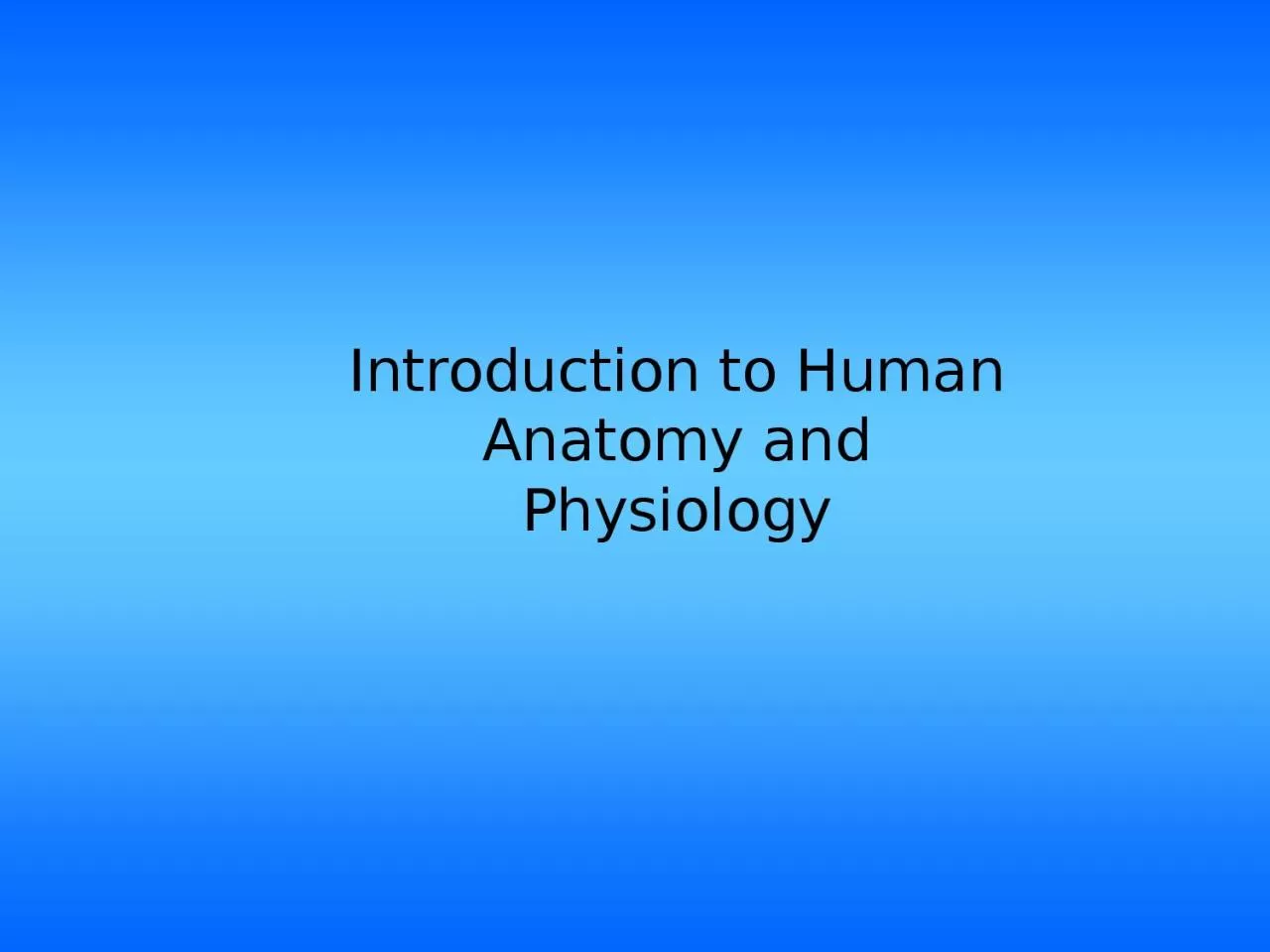
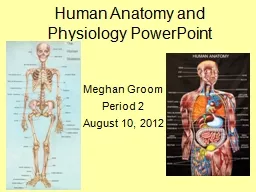
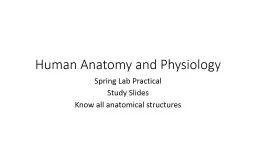
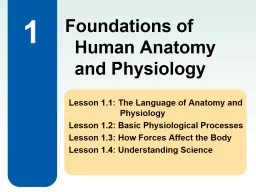
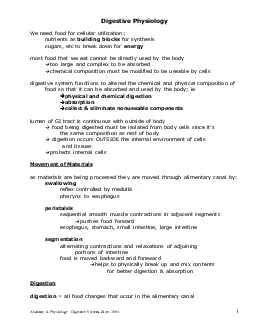
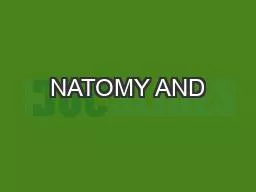
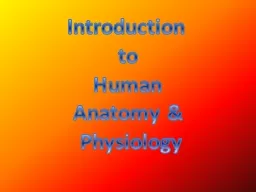
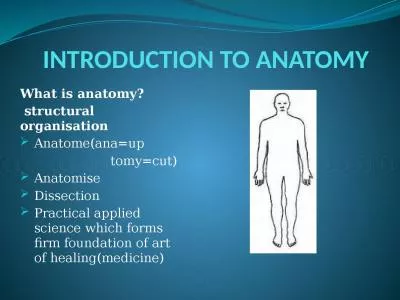
![[EBOOK] Anatomy Physiology Made Easy: An Illustrated Study Guide for Students To Easily](https://thumbs.docslides.com/1005765/ebook-anatomy-physiology-made-easy-an-illustrated-study-guide-for-students-to-easily-learn-anatomy-and-physiology.jpg)
![[DOWNLOAD] Human Anatomy Coloring Book: Bones. Medical Notes | Detailed illustrations](https://thumbs.docslides.com/1006987/download-human-anatomy-coloring-book-bones-medical-notes-detailed-illustrations-learn-the-skeletal-system-anatomy-and-physiology-coloring-workbook-with-nurses-doctor-and-all-lovers-of-anatomy.jpg)
